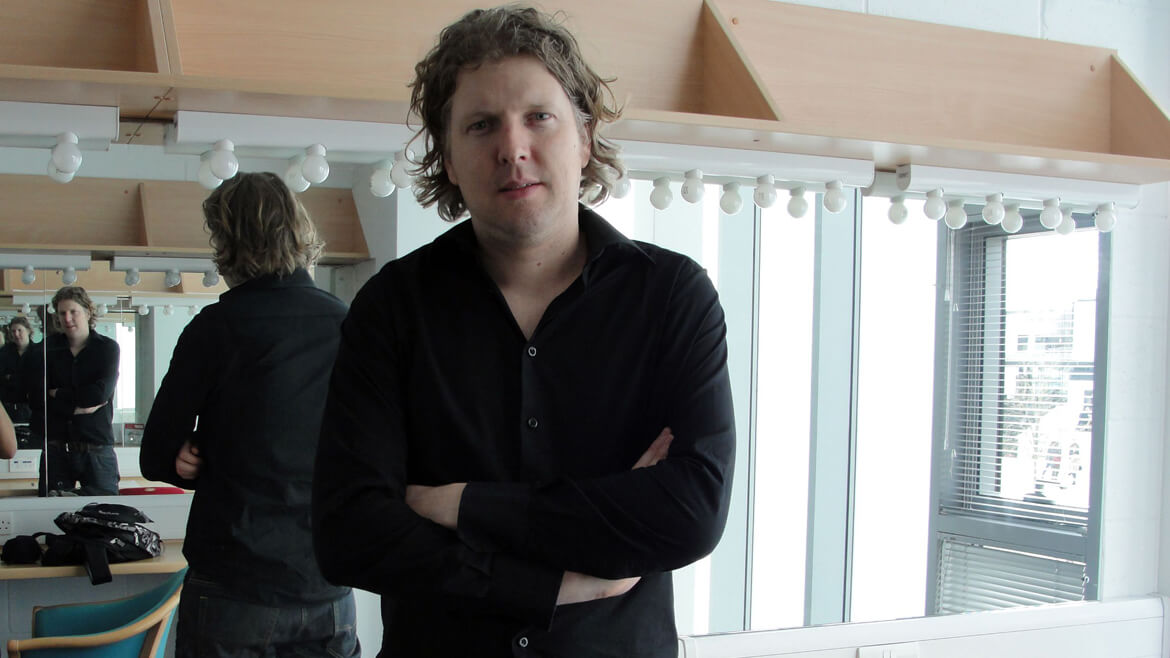PBS Newshour: Finding ways to live with rising water
There is a saying that “God made the world, but the Dutch made Holland.” And for centuries, the Dutch have built different types of barriers to hold back rising water and allow for development.
But as sea levels continue to rise, instead of trying to fight the water, Dutch architects and urban planners are taking a new approach: finding ways to live with it.
The United Nations’ Intergovernmental Panel on Climate Change reported in 2007 that global sea levels rose an average of nearly 8 inches in the past 100 years and predicted that rate will accelerate in this century. Higher water makes for more severe storm surges, floods and land loss. With many of the world’s largest cities located on coastal estuaries, high and dry urban land will become an increasingly rare commodity.
Cue a renewed look at floating architecture.
“In the last decade, floating architecture changed from a fringe niche market into a realistic opportunity for expanding the urban fabric beyond the waterfront,” said Koen Olthuis, lead architect at Waterstudio.NL, an aqua-architectural firm in the Netherlands. For Olthuis, creating floating buildings goes beyond architecture and is about a new vision for city planning.
Rather than putting entire cities on water, most of the proposals today combine water-based buildings with land-based architecture protected against water using flotation fixtures, raised platforms or anchored structures. That kind of flexible, integrated approach is crucial for the future, said Olthuis.
“Instead of buildings that are not able to cope with the changing needs of a city, urban planners will start creating floating dynamic developments that can react to new and unforeseen changes.”
And there’s a range of designs out there, including a float-in movie theater in Thailand and a massive Sea Tree, which uses the model of oil storage towers found on open seas to provide habitat for animals.
One of the most ambitious projects under development is in the Maldives, where Waterstudio.NL was tasked by the Maldives government to design a network of floating islands, including the Greenstar hotel that will feature 800 rooms, a conference center and a golf course. The $500 million project is set for completion by 2015.
Other projects in the works include Baca Architects’ amphibious house destined for the Thames River in Great Britain. During dry times, the home would rest on a fixed foundation but could rise up to 8 feet if flooding occurred.
As the industry expands, Olthuis said the biggest challenge isn’t technology but changing the public’s perception of living on water. To help encourage the transition, designers often make the structures look and feel just like those on land.
“We want to diffuse the border between land and water,” said Olthuis. “That is the first step in the general acceptance of floating cities.”
On the NewsHour this week, we’ll be looking at the impact of rising sea levels on Louisiana’s coast as part of our Coping with Climate Change series.


